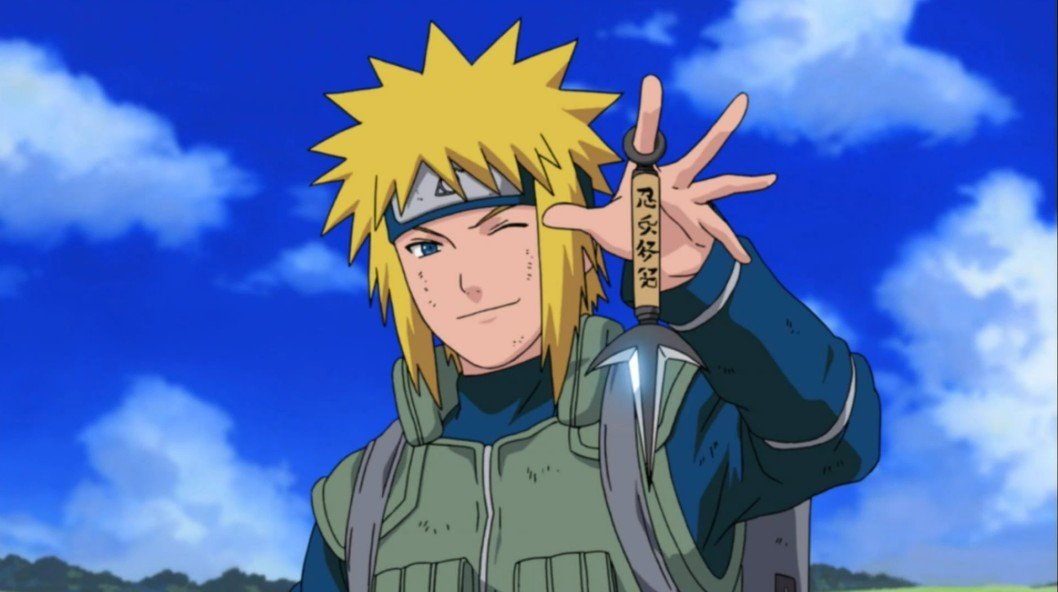Understanding the Succession of Hokages in Naruto: The Unique Case of Hiruzen Sarutobi and Minato Namikaze
The Naruto series, created by Masashi Kishimoto, intricately weaves a narrative around the lives of ninjas in the Hidden Leaf Village (Konohagakure). One of the central themes of this story is the succession of Hokages, the village’s leaders, who guide and protect their community. Each Hokage typically follows a clear pattern in their ascension, but there are notable exceptions that provide depth to the storyline and character development.
In most cases, when a Hokage steps down or passes away, a successor is chosen who takes on the role of leader permanently. This standard practice establishes a sense of continuity and stability within the village. However, the series introduces a remarkable deviation from this norm with the return of Hiruzen Sarutobi, who had previously retired as the Third Hokage. His reassumption of the role after the tragic demise of Minato Namikaze, the Fourth Hokage, adds complexity to the narrative and showcases the intertwining destinies of these pivotal characters.
Hiruzen Sarutobi, known as the "Professor" for his extensive knowledge of jutsu and his leadership skills, initially served as the Third Hokage until his retirement. His tenure was marked by significant events, including the Second Great Ninja War and the establishment of peace within the village. After stepping down, Hiruzen chose to pass the torch to a new generation, believing that younger leaders would bring fresh ideas and perspectives. This decision reflected his wisdom and desire to see the village thrive under new guidance.
Minato Namikaze, known for his incredible speed and skill as a ninja, took over the Hokage position as the Fourth. His leadership was characterized by a commitment to protecting the village and his family. Minato’s legacy, however, was tragically cut short during the attack by the Nine-Tails (Kyūbi). This event not only led to his untimely death but also left the village in turmoil, necessitating the return of Hiruzen to restore order and stability.
The circumstances surrounding Minato’s rise to power and subsequent downfall reveal the complexities of leadership in the Naruto universe. Minato was revered for his abilities and the sacrifices he made to protect the village, especially during the Nine-Tails’ assault. His decision to seal the beast within his newborn son, Naruto Uzumaki, was a desperate yet heroic act that would shape the future of the village and its inhabitants.
Upon Minato’s death, Hiruzen Sarutobi’s return as the Third Hokage was not just a matter of filling a leadership void; it was a crucial move to regain the trust of the villagers during a time of crisis. His experience and familiarity with the village dynamics allowed him to navigate the challenging situation and provide the necessary guidance to both the villagers and the upcoming generation of shinobi.
Hiruzen’s second term as Hokage was marked by a deep sense of responsibility and emotional weight. He had to deal with the aftermath of the Nine-Tails’ attack, which left many families devastated and the village infrastructure in ruins. Sarutobi worked tirelessly to rebuild the village and restore its morale, showcasing his dedication and resilience as a leader. His role during this period emphasized the importance of mentorship and the passing down of wisdom to the younger generation of ninjas, particularly to Naruto, who would eventually become a pivotal figure in the village.
The relationship between Hiruzen and Naruto is particularly significant. Hiruzen serves as a mentor to Naruto, guiding him through his early struggles and challenges. This mentorship is crucial, as Naruto is not only the son of Minato but also carries the burden of being the vessel for the Nine-Tails. Hiruzen’s guidance helps Naruto develop his skills while also instilling in him the values of perseverance, friendship, and the importance of protecting those he loves.
Moreover, the return of Hiruzen highlights the theme of legacy within the Naruto series. Each Hokage leaves behind a unique imprint on the village, influencing future generations. Minato’s legacy as a hero is intertwined with the sacrifices he made, while Hiruzen’s return as a mentor emphasizes the continuation of that legacy through Naruto and others. It illustrates how the experiences of past leaders shape the present and future of the village.
In addition to the personal dynamics between these characters, the political implications of Hiruzen’s return are also noteworthy. His leadership during a time of crisis demonstrates the importance of experienced leaders in stabilizing a community facing uncertainty. Hiruzen’s ability to appeal to the villagers’ emotions and rally them together showcases his skills as a communicator and leader, essential traits for anyone in a position of power.
Furthermore, the decision to have Hiruzen return as Hokage after Minato’s death serves as a narrative device to explore themes of loss, resilience, and the cyclical nature of leadership. It reflects that while individuals may come and go, the spirit of the village endures through its history and the bonds formed among its people. The challenges faced by Hiruzen and the villagers after the Nine-Tails attack allow for character growth and the exploration of deeper themes such as sacrifice and the burden of leadership.
In conclusion, the succession of Hokages in Naruto provides a rich tapestry of storytelling that highlights the complexities of leadership, the importance of mentorship, and the enduring legacies left by those in power. Hiruzen Sarutobi’s return as the Third Hokage following Minato Namikaze’s death not only breaks the conventional mold of succession but also serves as a powerful narrative that underscores the themes of resilience and community within the Hidden Leaf Village. The interplay between these characters and their journeys exemplifies the depth of the series and the lessons it imparts to its audience about the nature of leadership and the bonds that unite them.
